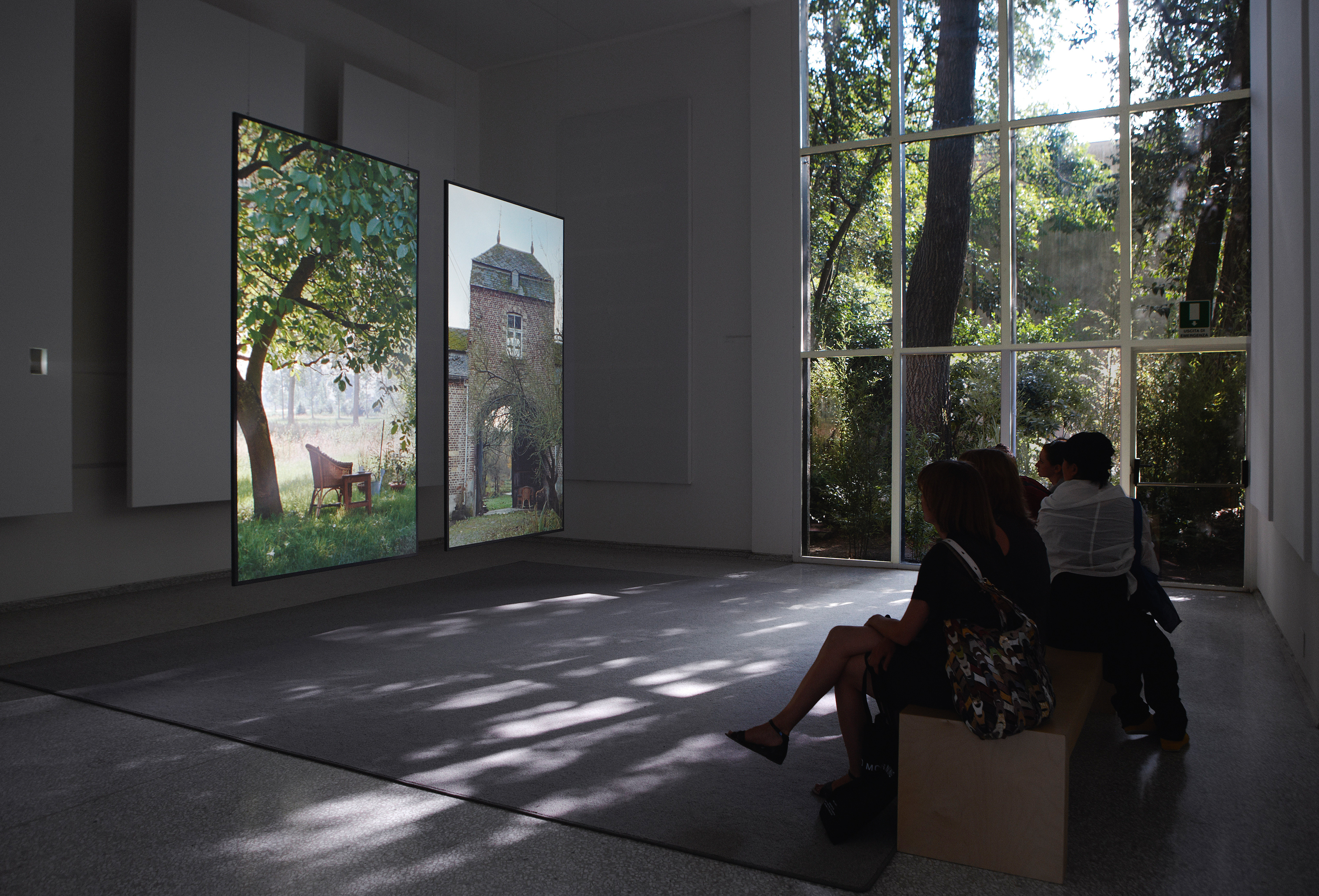Shows
Fiona Tan‘s “Rise and Fall”


Born in Indonesia to Chinese and Scottish parents, and later a resident of Australia and the Netherlands, Fiona Tan is known for lush, decorative and meditative works that draw on her interests in the dual searches for cultural identity and moments of simplicity. “Rise and Fall” was a neat survey of the ground covered by this midcareer artist bringing together eight video works, photographs and works on paper.
The exhibition’s highlight was the titular 2009 work, a 22-minute two-channel video concerning two women of contrasting ages. One cannot tell whether they are related or if they actually represent a single person at two points in her life. The viewer is privy to the softest, most intimate parts of their daily rituals, from bathing to dressing, writing in their diaries and solitary contemplation. The film tends to glide, gently interweaving the two characters’ lives, commemorating their moments alone. Evocation is more important than narrative development, with close-ups of pen against paper, fingers in hair and water on faces bracing the viewer’s senses. A cascading waterfall, as wild and uncontrollable as time and memory, forms a central metaphor.
Provenance (2008) expresses a similar textural softness. Inspired by 17th-century Dutch portraiture, the work’s six LCD monitors hang vertically so that the black-and-white footage resembles framed, slowly moving portraiture. On one monitor a woman writes a letter as the camera circles around her. In another an elderly man peels an orange by the bright daylight of a window. A still life of fruit and vegetables sits with a shopkeeper and his son. A young boy sleeps. At one point in each video the protagonist breaks from their reverie to gaze directly at the camera. In the hourlong May You Live In Interesting Times (1997), a prizewinner at the 1997 Netherlands Film Festival, Tan journeys around the world interviewing her relatives about the person they consider themselves to be today. It is valuable to view the artist’s earlier, more explicit work against the subtler, more tactile impulses that have recently emerged in her oeuvre.
It occurs to one, upon seeing this show, that the strength in Tan’s oeuvre is a refined ability to lead the viewer to find profound meaning in simple gestures, and to learn by looking and feeling rather than intellectualizing. In a show of striking works that, collectively, could have been overbearing, this exact way of looking allows the viewer to see the works on their own terms and understand the tranquil electricity that fuels them.







